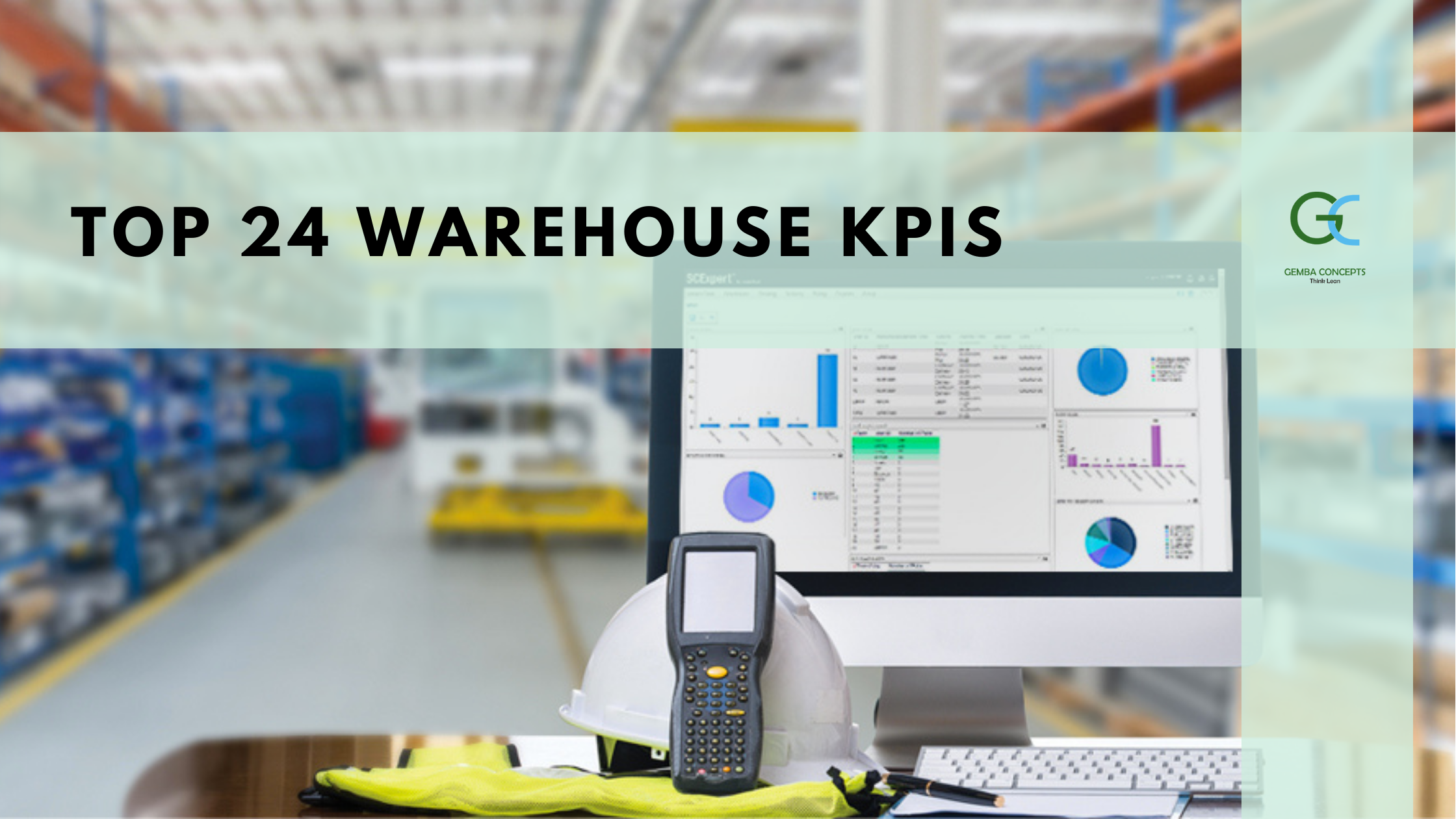 Industry 4.0 is fast transforming how businesses manage their key functions. Digitalization aided by disruptive new technologies such as IoT, AI, big data & analytics, machine learning, automation and robotics, cloud computing, blockchain, 3D printing, etc. and the explosive growth of smart devices is leaving no segment of the business untouched.
Industry 4.0 is fast transforming how businesses manage their key functions. Digitalization aided by disruptive new technologies such as IoT, AI, big data & analytics, machine learning, automation and robotics, cloud computing, blockchain, 3D printing, etc. and the explosive growth of smart devices is leaving no segment of the business untouched.
Supply chain management, more complex than ever before, stands to benefit tremendously from going digital. Studies suggest that an interconnected, digital supply chain can lower operational costs by more than 30 percent, reduce lost sales opportunities by more than 60 percent, and even reduce inventory requirements by more than 70 percent, all while making companies faster, more agile, granular, accurate, and efficient.
While transitioning to a digitized, automated and fully interconnected supply chain requires significant efforts and long-term investments, the pay-offs are huge. Bringing supply chains online can help enterprises reach the next level of operational effectiveness and realize significant cost reductions. Here we discuss how digitalization makes the supply chain more efficient:
5 Key Benefits and the Impact of Industry 4.0 on Supply Chain
-
1. Greater Transparency and Accuracy
Global supply chains can involve thousands of suppliers operating within the supply chain ecosystem of a company. In such cases, ensuring end-to-end transparency and real-time asset tracking is crucial, any gaps in supply chain risk management can lead to supply chain disruptions, lost sales, and unnecessary costs. Going digital enables companies to track the entire supply chain in real time, such as finding out the exact location of goods (on order, in transit, or in a warehouse). Advanced solutions easily track inventory by combining updates from supply chain partners with IoT data. This improves order accuracy and ETAs (minimizing out-of-stock situations), enhances lot and batch control, optimizes inventory, and lowers associated costs.
-
2. Increased Interconnectedness and Collaboration
A fully integrated, digital supply chain management software enables information to flow seamlessly between suppliers, manufactures, and customers, taking collaboration to the next level. Being a shared platform, it breaks silos and transforms planning into a continuous process. It enables greater trust and support, and joint planning solutions, especially in cases of non-competitive relationships. Stakeholders can choose to carry out supply chain-related activities together to not only save costs, but to share best practices and learn from each other.
An interconnected platform also lowers lead times through better communication, as suppliers can provide warnings early, increasing a company’s responsiveness to risk. Another vital feature of such closed-loop planning is that pricing decisions are integrated with demand and supply planning; prices can be changed as per the expected demand, stock levels, and replenishment capacity. This boosts revenues and optimizes inventory.
-
3. Improved Warehouse Management
Digitalization can significantly improve warehouse management capabilities, especially with regard to supply chain inventory and transportation logistics. For example, sensors can track goods in real time, and accurately predict how long it will take for a consignment to arrive. Such real-time tracking ensures on-time pickup and delivery. RFID technology can predict the exact location of a product, even its exact position inside a truck. Such preciseness helps managers provide location-based instructions to workers, saving time. Labour hours consumed per order are also reduced. Thanks to tracking devices, companies can avoid last-minute shocks such as inadequate quantity or non-compliance. Machine-to-machine communication also optimizes the number of carriers per shipment, reducing transportation costs. Inventory storage per square foot is also optimized through accurate demand prediction. This way, plant managers can easily control the flow of inventory globally.
-
4. “Intelligent” Supply Chain
“Thinking” supply chains can “learn” to recognize risks and change their supply chain parameters to mitigate such risks. They continuously evolve and learn to handle many exceptions without the need for any human involvement, except in case of any unforeseen risks, when human intervention is required to determine the next course of action.
-
5. Greater Agility
Advanced supply chain solutions integrate data from suppliers, service providers, etc. in a “supply chain cloud”, ensuring that all stakeholders take decisions based on the same facts. Such end-to-end, real-time visibility will enable companies to respond more swiftly to disruptions in real time and minimize risk. Also, the emergence of “Supply Chain as a Service” will increase agility significantly.
Clearly, companies have a lot to gain from improving their supply chain management in Industry 4.0, and those that are reluctant to do so run the risk of becoming uncompetitive.
Article by:- Akash Chowkampally




